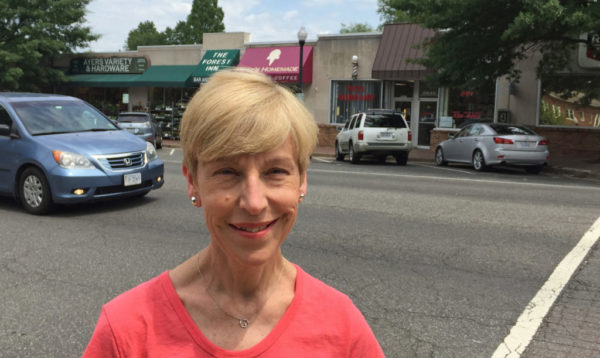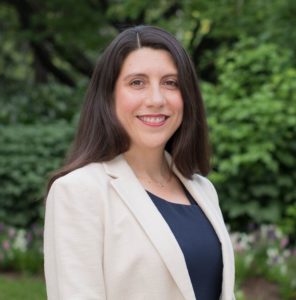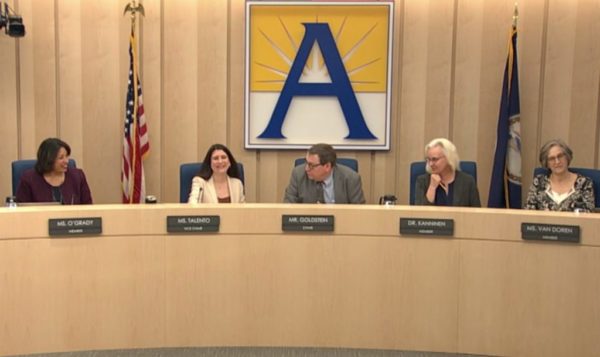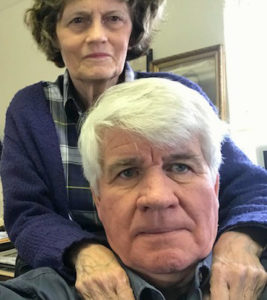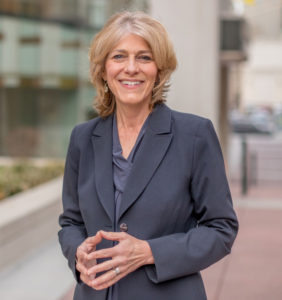Progressive Voice is a weekly opinion column. The views and opinions expressed in the column are those of the individual authors and do not necessarily reflect the views of their organizations or ARLnow.com.
By Cheryl W. Moore
(Updated at 9 a.m.) Several years ago, my then 13-year-old son announced that he had been hit by a car on Washington Blvd. in Westover. He quickly added that he wasn’t hurt; a car had lightly tapped him when he was riding his bike. That memory came back to me when I heard that Arlington County is collaborating with the Virginia Department of Transportation (VDOT) on repaving a portion of Washington Blvd in the Westover neighborhood near where I live.
A lot has happened in the years since my son’s incident. New retail establishments have made Westover a magnet for more visitors, and there are more walkers, drivers and cyclists on Washington Blvd. Reed Elementary School will undoubtedly add to the congestion when it opens in 2021.
All of these factors raise the likelihood of accidents involving pedestrians, cars and bicycles. Last fall, a woman was struck by a car while she was in a crosswalk, resulting in serious injuries. That accident spurred many calls for improvements on this busy street.
While Arlington County takes safety concerns seriously, staff also know that Arlington residents want to be involved in decisions affecting their neighborhoods before they are set in stone (or in this case, asphalt). The challenge is how much and what kind of public engagement, for which kinds of projects, will be most effective. County staff say they are trying to be clearer about expectations for community involvement.
The Westover repaving project is one example of how county staff are trying to engage the community more effectively. When staff learned that Washington Blvd was going to be repaved between N. McKinley Road and N. Frederick Street, they saw an opportunity to improve lane striping, replace crosswalks and add bike lanes. A routine repaving project might generally involve communicating with the community. However, the Department of Environmental Services (DES) staff determined that this project required a higher level of involvement, due to multiple uses of Westover Shopping Center and the project’s potential to change the character of the road.
Community members had feedback opportunities at two open houses at the Westover Library, a “pop-up” at the Westover farmers market, and via an online survey (which garnered 900 responses). Not surprisingly, the main concern was for greater safety, including better visibility of pedestrian crossings.
Three different proposals included such elements as high-visibility crosswalks, bike lanes on one or both sides of the street, back-in parking and reducing the number of parking spaces. From the final plan submitted to VDOT, it’s clear that community feedback had an impact. For example, the back-in parking concept was not favored by a majority of the community, so it was eliminated. It was also decided to include a bike lane only on the eastbound side of the street.


